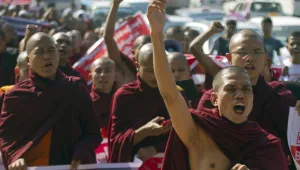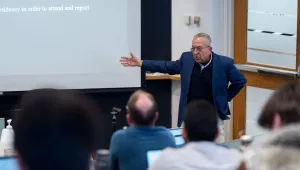Policy Briefs
from
Peace Research Institute Oslo
CSCW Policy Brief
What the data show
This policy brief summarizes key trends in conflict-related sexual violence in 48 conflicts in 33 African countries, encompassing 236 armed-conflict actors, including state armies, militias and rebel groups.
Findings from study area:
- Sexual violence was reported to be perpetrated by a minority of armed-conflict actors
- African state armies were frequently reported as perpetrators
- Sexual violence was often reported when there were relatively few reported killings
- Sexual violence at times continued at a high level in the post-conflict period
Recommendations:
- Maintain a focus on the prevention of sexual violence
- Pressure all relevant actors — and especially states — to end their practice of committing sexual violence
- Do not lose sight of conflict actors that are not especially lethal, as such actors may still commit sexual violence
- Increase attention to sexual violence by armed actors in post-conflict settings
Download the entire policy brief here: http://file.prio.no/publication_files/cscw/Nordas-Cohen-Sexual-Violence-in-African-Conflicts-1989-2009-CSCW-Policy-Brief-02-2012.pdf
Recommended citation
Nordås, Ragnhild and Dara Kay Cohen. “Sexual Violence in African Conflicts, 1989–2009.” Peace Research Institute Oslo, December 2012
Want to read more?
The full text of this publication is available via Peace Research Institute Oslo.
Up Next







